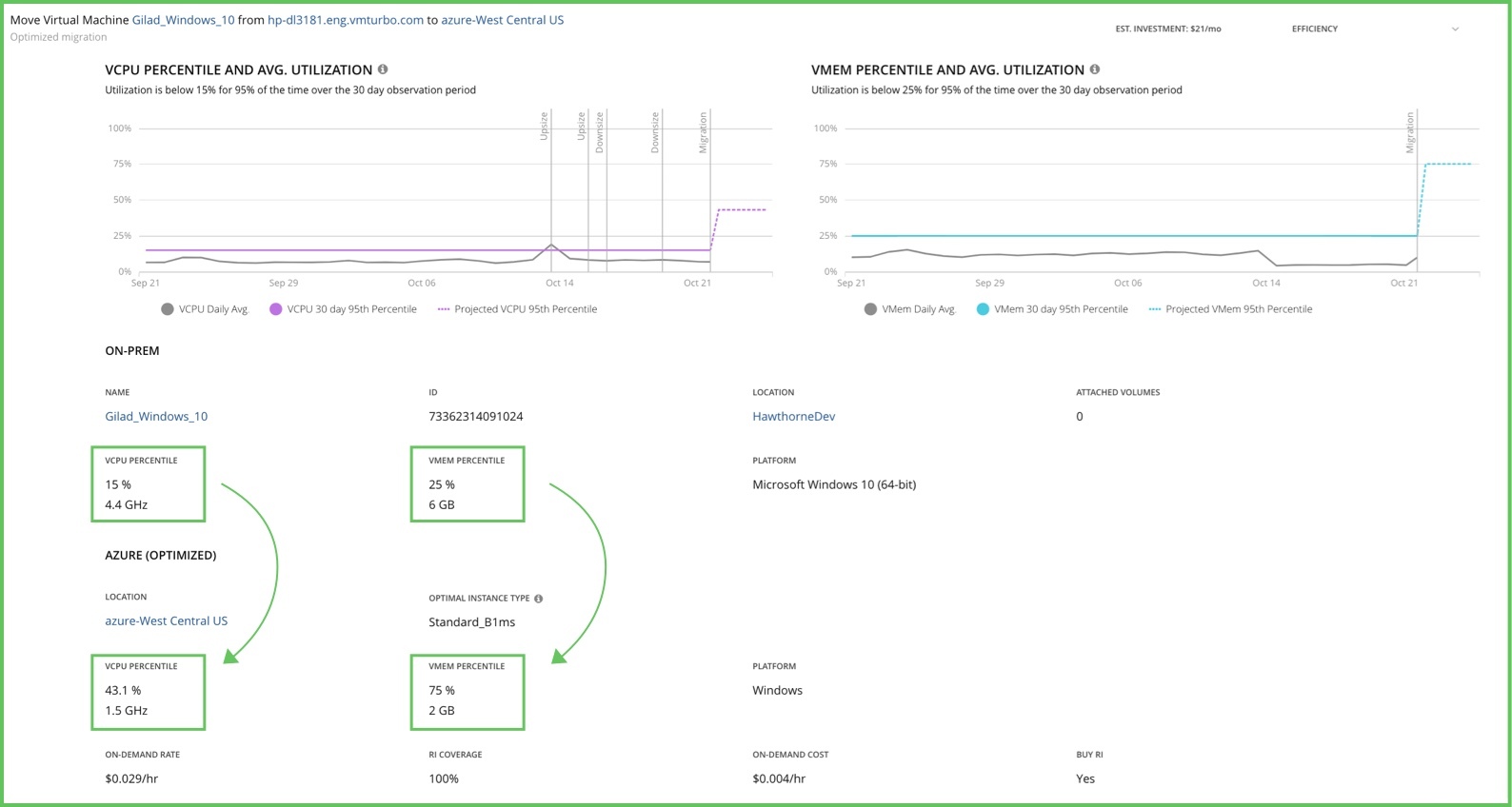[Originally posted on Turbonomic.com. Posted by Mary Nichomov]
What is the right cloud migration strategy for your business?
Cloud migration is simply the process of moving applications from the current environment to the Cloud. Traditionally, companies have pursued a cloud migration strategy of moving on-premises VMs to the Cloud. However, recently, there is a rise in Cloud to Cloud migration among customers that want to avoid vendor lock-in and adopt a multi-cloud strategy.
Whether you are just testing the waters or well-versed in Cloud computing, Cloud migration is a core process in the global digital transformation that's been accelerated due to the coronavirus pandemic. According to IDC, “COVID-19 accelerated digitization as organizations were forced to innovate rapidly in response to a combination of regulations (e.g., working from home) and a rapidly changing business environment.” (Source: IDC Worldwide Whole Cloud Forecast, 2020-2024. Oct 2020, Doc #US46020420)
Companies that adopt the Cloud will enter the new era of IT with potentially infinite capacity, scalability, security features, and PaaS services that save hours of manual work and lifetime maintenance. That's a real competitive edge!
There are several common strategies to migrate applications to the cloud (also known as the “The 6 R’s” – see here for details). We have added a “7th R”, Relocate, which represents the approach based on VMware on AWS/Azure/Google:

Turbonomic supports both "Lift & Shift" (i.e., Re-host) and "Optimized" modes of migration. Both methodologies will lead you to the Cloud, but differ in the resulting application performance and cost. Let's start by looking under the hood of two popular cloud migration strategies.
Lift & Shift Migration Strategy
Lift & Shift is a straight-forward migration, where current VM size is matched to the closest instance type in the Cloud. It's one of the most popular and seemingly safe approaches. Admins that take this route operate with the mindset of, "If it worked for on-premises, it should work in the Cloud." The problem is that this approach glances over the massive differences in technology and culture between the two. Often times, the goal is to move quickly to meet a timeline or datacenter shutdown plan, and optimization is left for later.
Moving to the Cloud is not only a digital transformation, but also a mindset transformation. The best practices of the on-premises world (such as over-provisioning, sizing to peak utilization, planning for 5 year lifespans for each workload, and running workloads safely under 20% vCPU utilization) are counter-productive and expensive when employed in the Cloud and should be replaced by new transformative ways of thinking when facing an unlimited supply of compute resources. Customers choosing this route might experience bill shock and performance issues.
Lift & Shift migration example: 
Optimized Migration Strategy
Turbonomic recommends that customers go beyond “Lift & Shift” and instead choose an optimized cloud migration strategy that is intelligent and tailored to the Cloud. This type of plan examines virtual machine and storage historical utilization to select the best VM/instance type and storage tier in the Cloud provider’s region you selected. This type of custom selection guarantees workload performance at the most effective cost. It gives customers the perfect jumpstart to Cloud computing. Various factors in cloud performance are often overlooked, such as the large differences in storage performance between on-prem and cloud. When migrating workloads at their optimized-size, companies can quickly adapt to the elasticity and scalability of the Cloud without risking application performance. Furthermore, you can begin using discount models such as Azure reserved instances, AWS Savings Plans, hybrid use licenses, and EA discounts. Maintaining a competitive advantage by adopting the new technologies of Cloud allows companies to deliver a delightful end-user experience and stay ahead of their competition.
Optimized migration match example: 
In Conclusion
Whether it's Lift & Shift strategy or Optimized, the latest Cloud Migration features of Turbonomic 8 offer a guided step-by-step wizard that allows you to compare the two and choose the one that best fits your needs. We are confident that most of our customers will opt for the ‘Optimized’ approach after seeing the better performance and lower cost differences. Migration can be done to AWS and Azure clouds, with customized reservation and adjustable license model for customers who purchased Azure Hybrid Benefits or AWS BYOL packages. It's an easy and safe way to start your cloud footprint. In closing, Cloud migration is the first step of the continuous cloud optimization journey.
#Turbonomic#Cloud